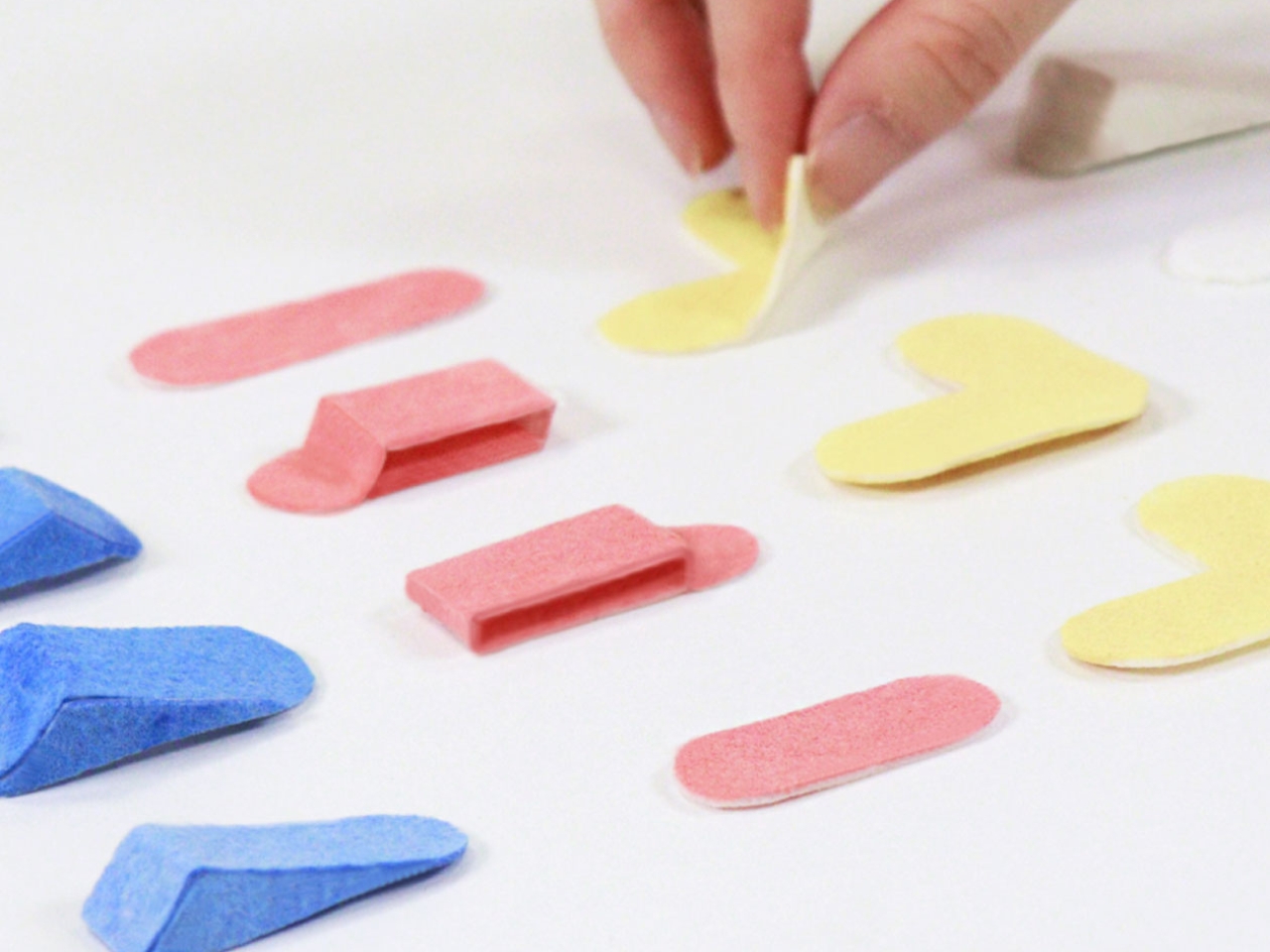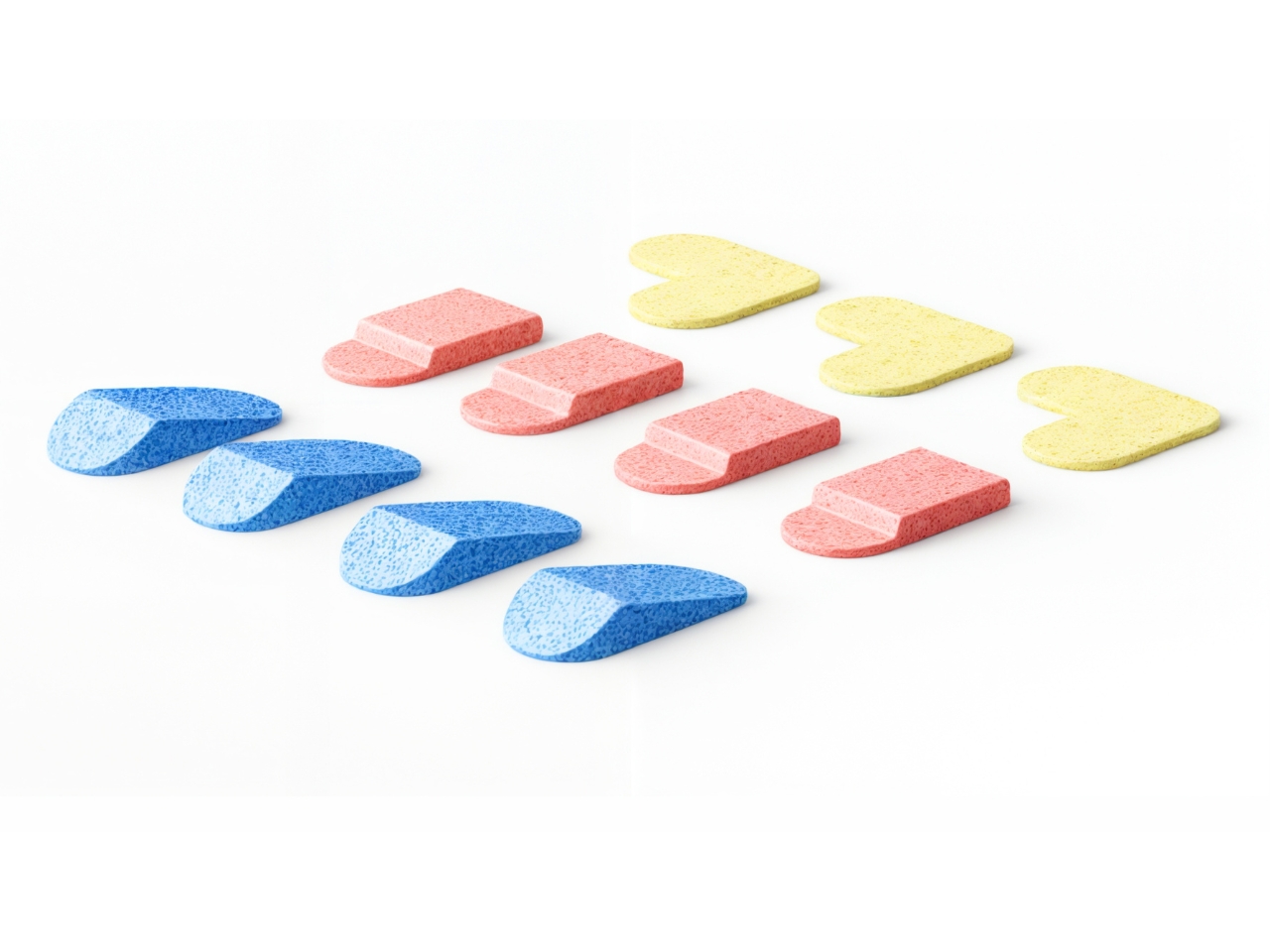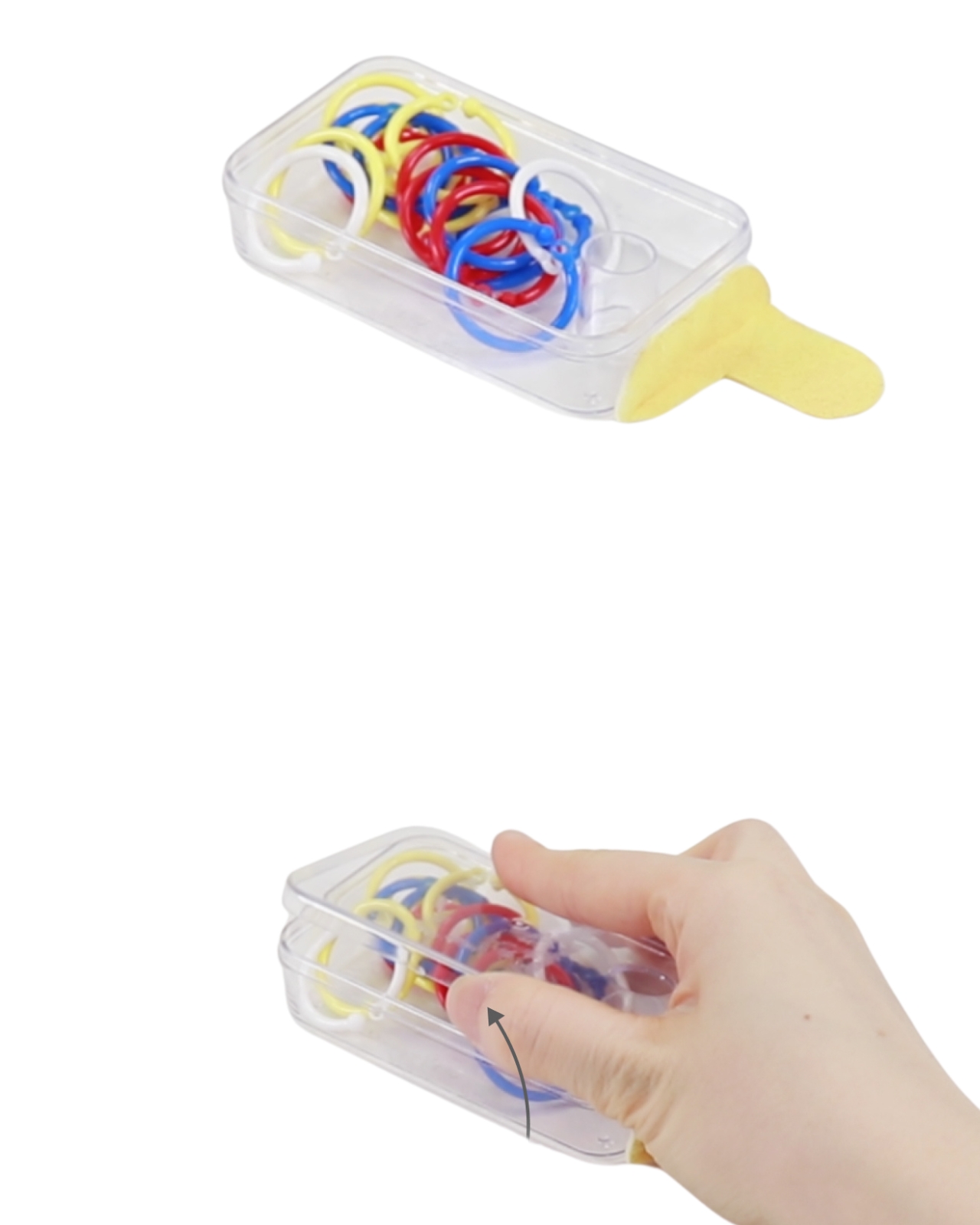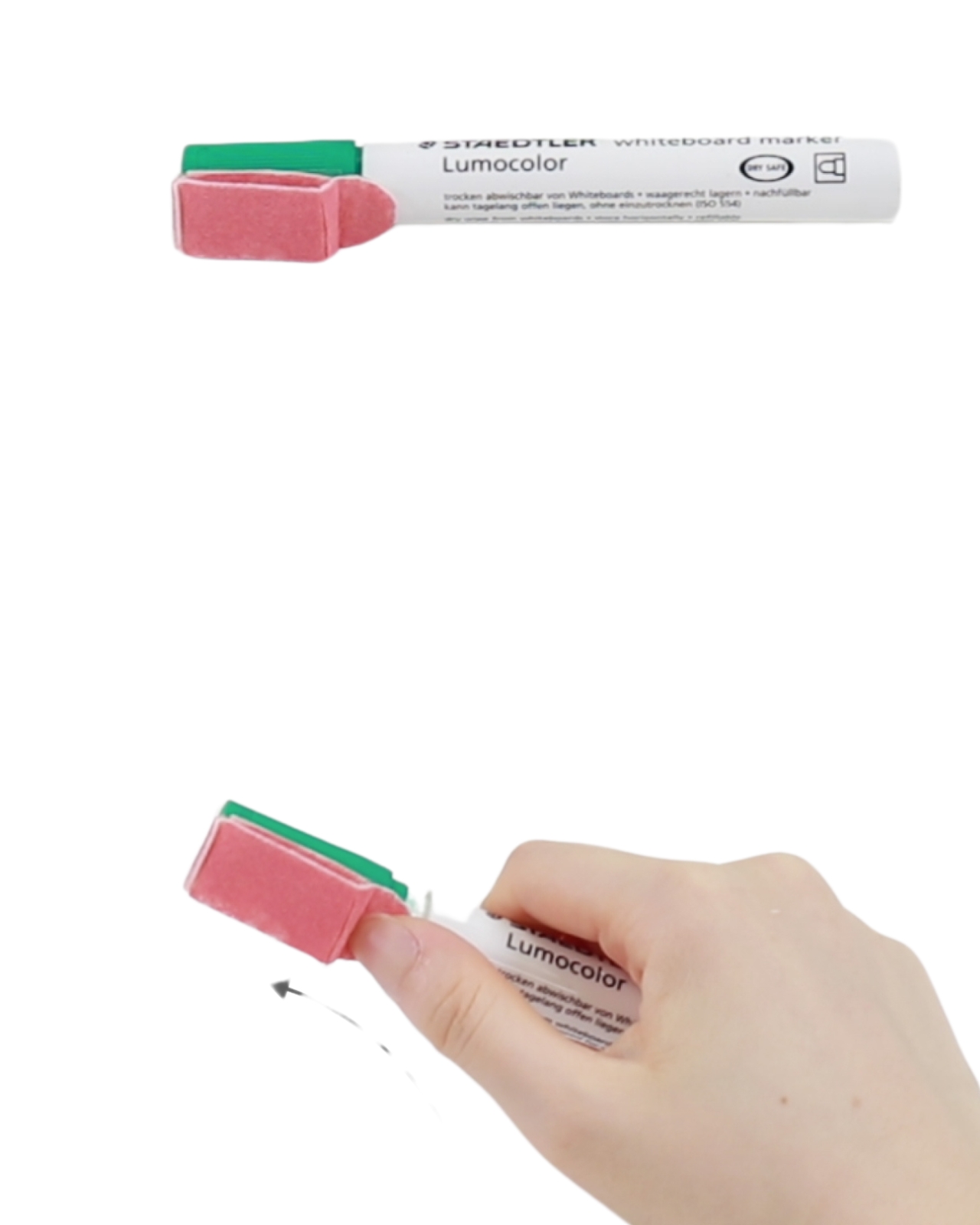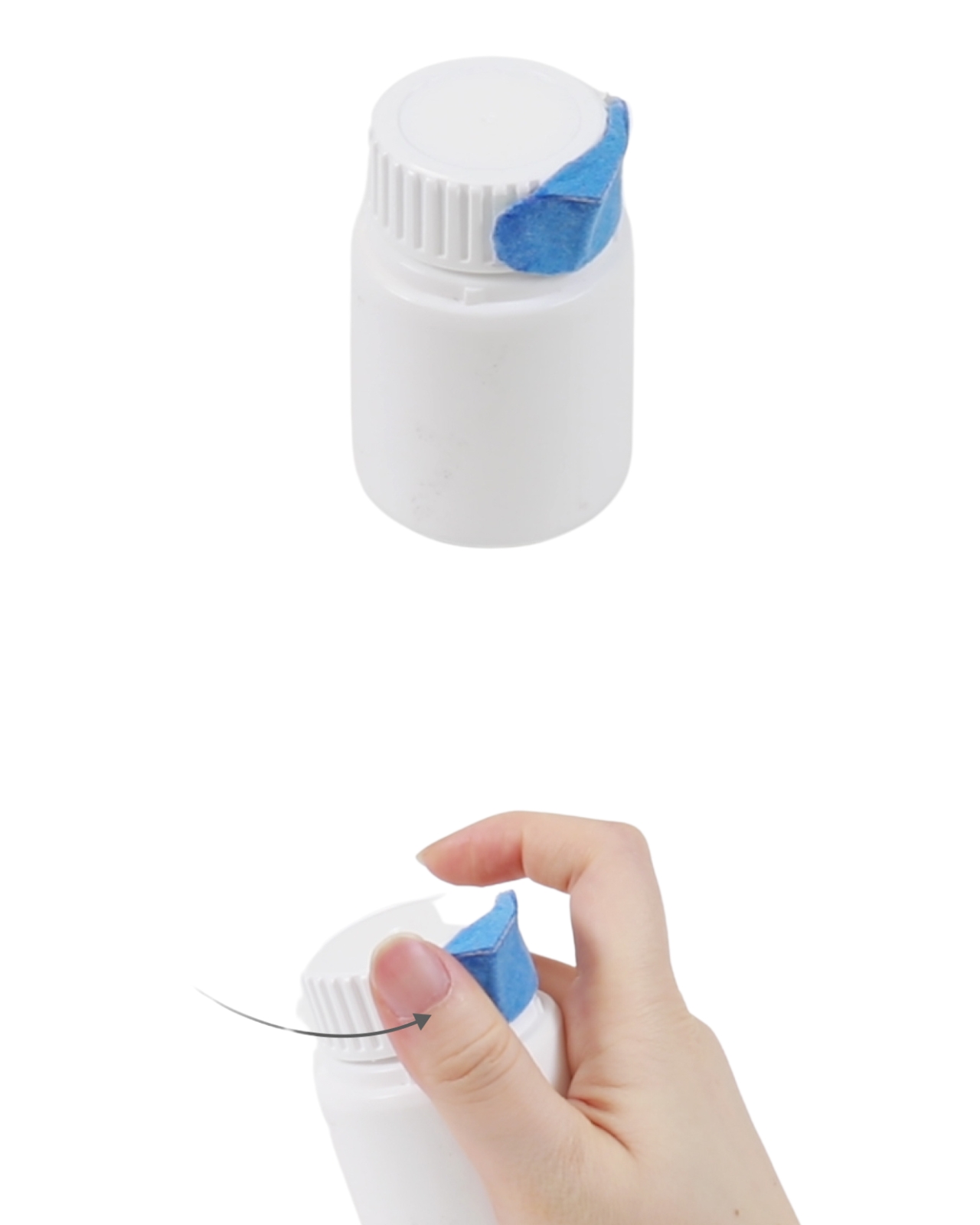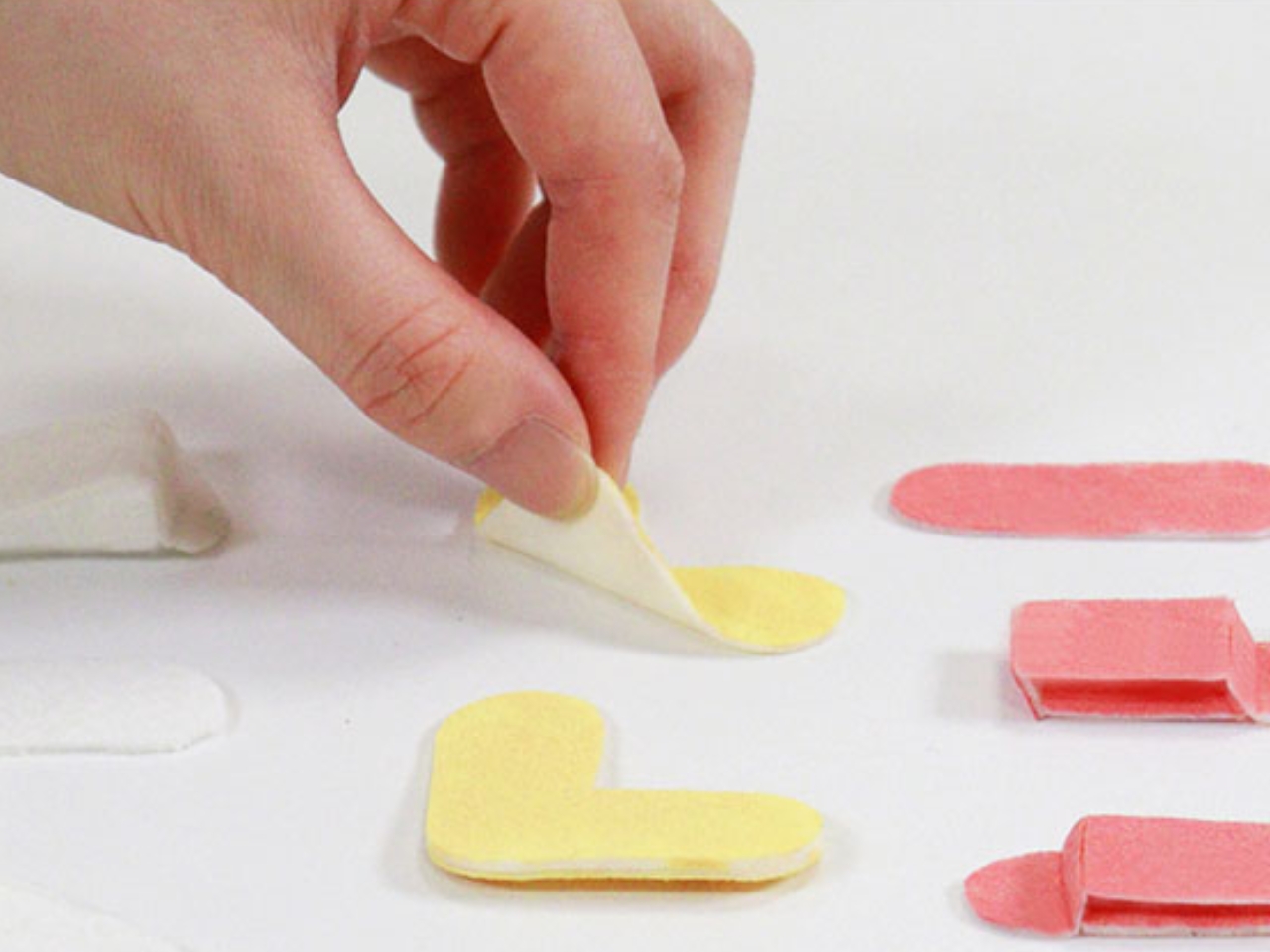Roll Walker brings dignified ageing with assistive device
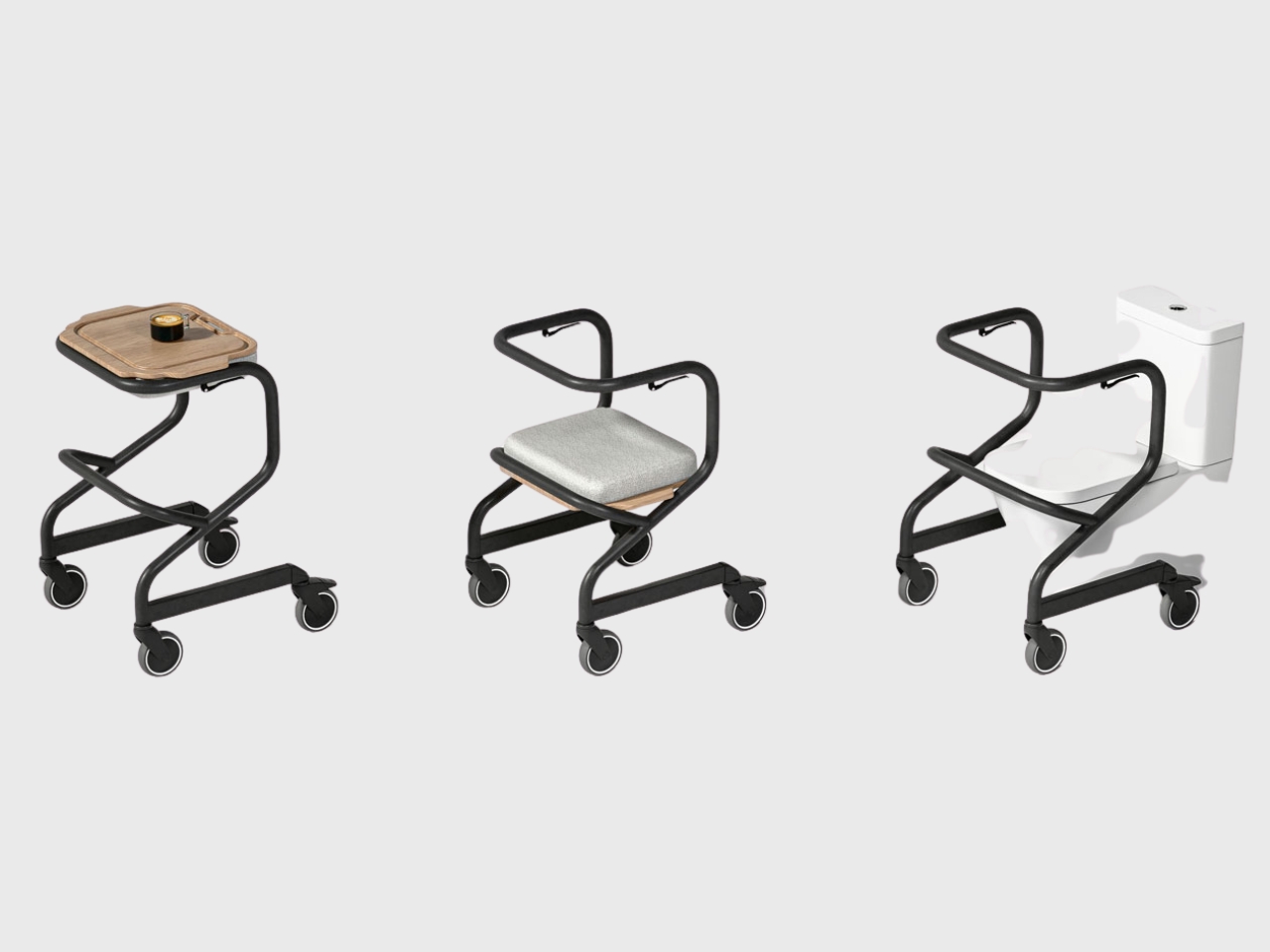
Roll Walker by UNI-UM is turning heads in the world of assistive devices with a fresh take on what it means to age safely and stylishly at home. In South Korea, where more than 74 percent of injuries among older adults happen indoors, falls remain a serious concern. Yet, many seniors are reluctant to use traditional walking aids, often seeing them as a symbol of frailty or dependence. The Roll Walker project sets out to change this narrative, offering seniors a product that blends seamlessly into their home and lifestyle.
Unlike conventional walkers, Roll Walker isn’t just a piece of medical equipment. Its thoughtful design allows it to serve as a chair, table, or cart, making it an everyday companion rather than an awkward necessity. UNI-UM took inspiration from the warm, inviting wooden materials commonly found in Korean homes. The result is a simple, elegant design that feels more like a piece of furniture than a clinical device. This approach helps users feel at ease, letting them maintain their dignity and independence as they go about their daily routines.
Designer Name: UNI-UM
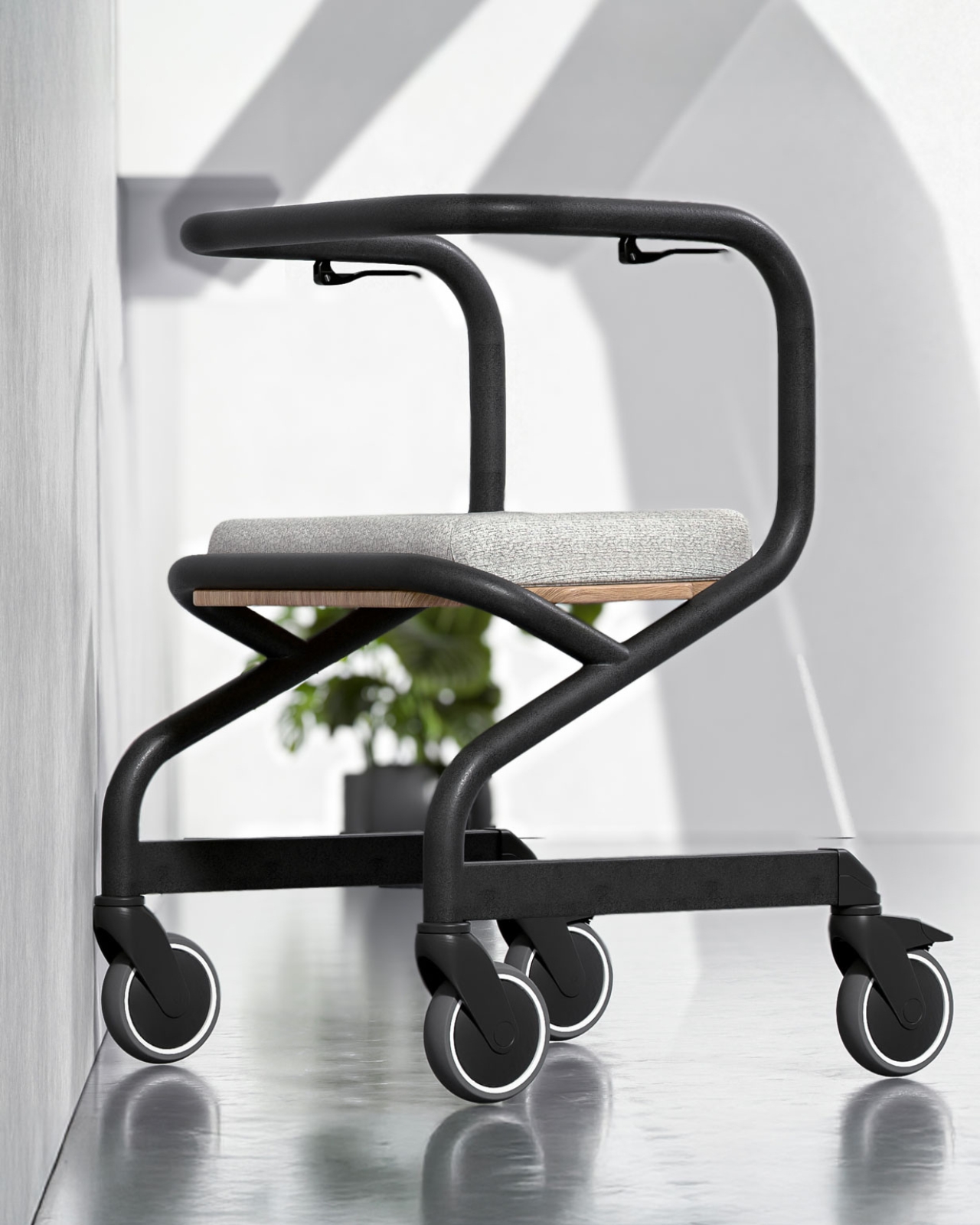
The social impact of Roll Walker goes far beyond its looks. By presenting the walker as a lifestyle item, UNI-UM is helping to reshape how people of all ages view ageing and mobility aids. Instead of being seen as a sign of weakness, the walker becomes a tool for living well and staying active. This subtle but important shift in perception can help reduce the stigma around using assistive devices, making it easier for seniors to embrace products that keep them safe.

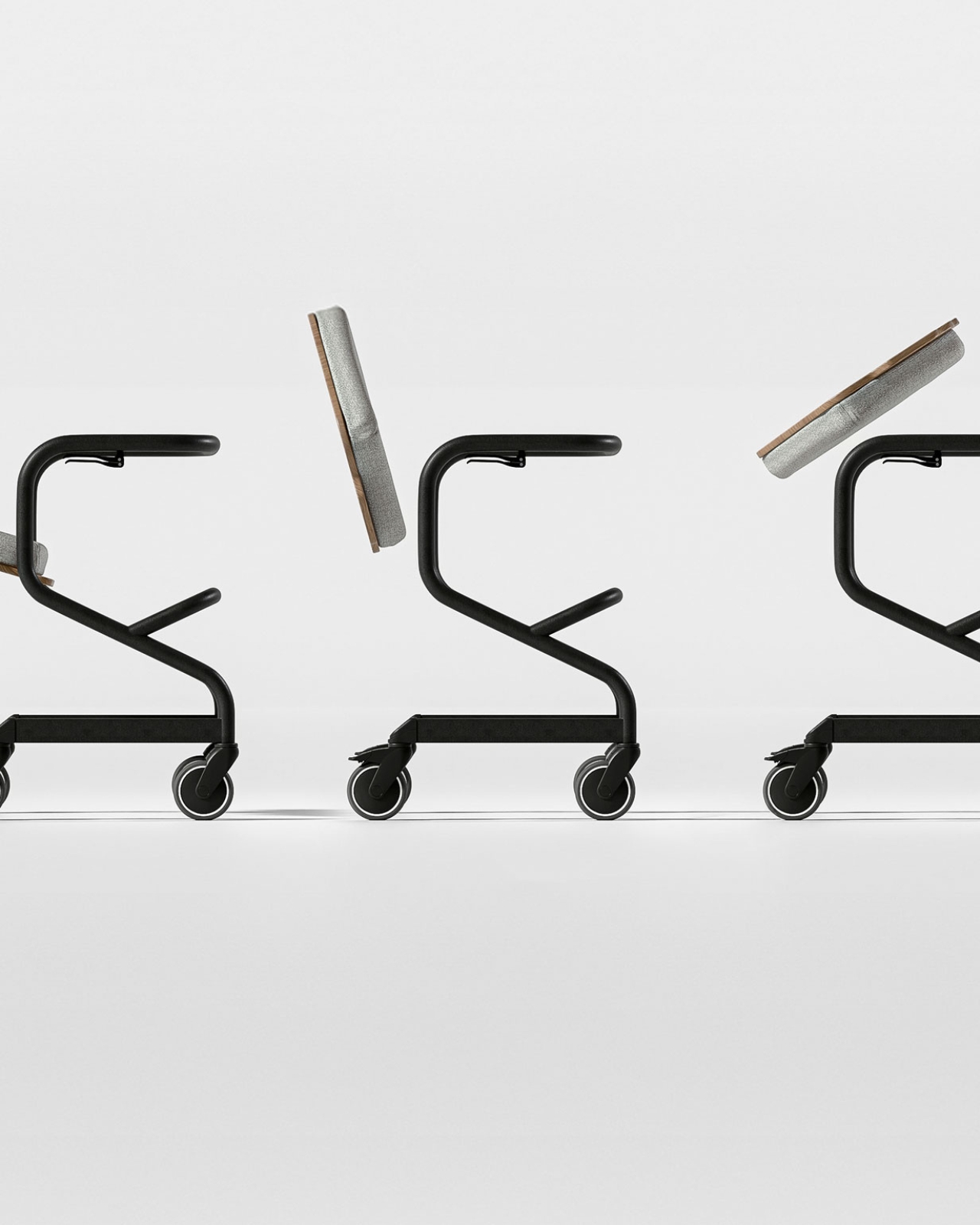
The development of Roll Walker was a collaborative effort from the very beginning. The design team conducted field interviews, organized pilot programs in local welfare centers, and sought advice from experts in elder care. This feedback informed every aspect of the product. Now, with all the groundwork completed, UNI-UM is ready to bring Roll Walker to a wider market through CAD-based mass production.

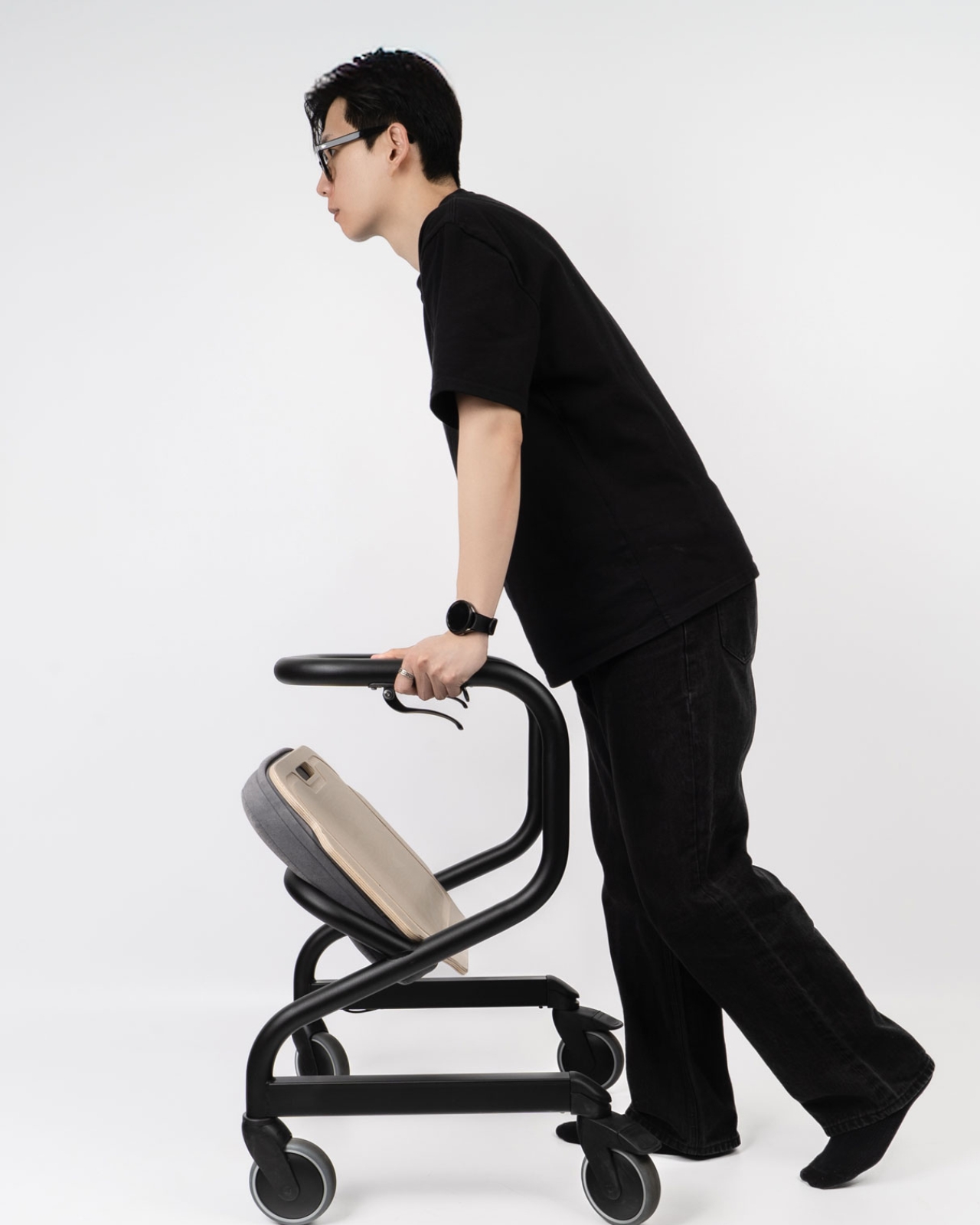
One of the most exciting features of Roll Walker is its modularity. The basic design can be adapted to different cultures and living environments, making it a scalable solution for ageing populations around the world. As societies everywhere grapple with the challenges of supporting older adults, innovations like Roll Walker offer a path forward that prioritizes safety, dignity, and social inclusion.


Roll Walker is more than just a mobility aid. It’s a statement about the value of dignified ageing and the role that good design can play in creating a more inclusive future. By changing the way we think about assistive devices, UNI-UM’s Roll Walker is helping to build a society where everyone, regardless of age, can feel confident and at home.
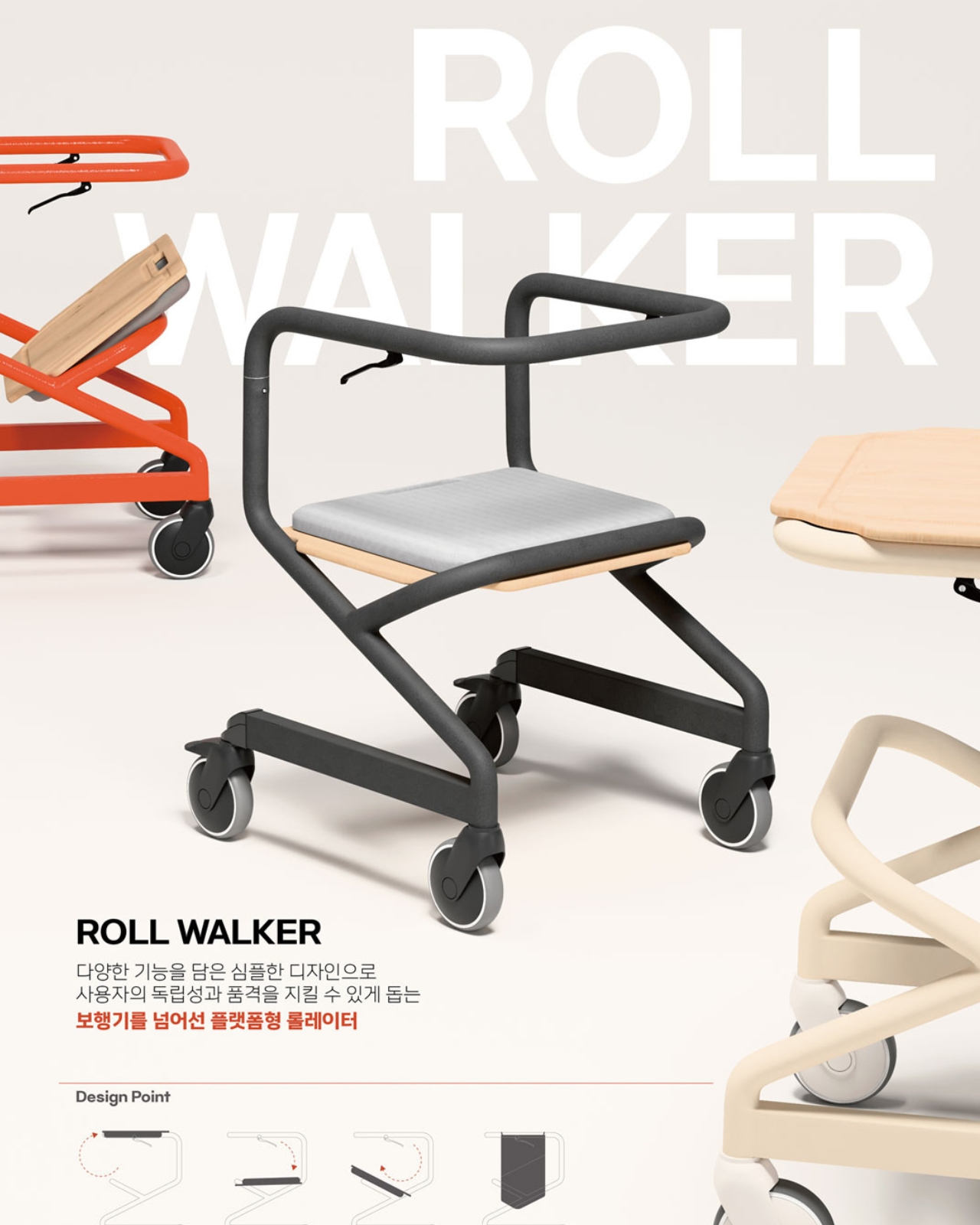

The post Roll Walker brings dignified ageing with assistive device first appeared on Yanko Design.
